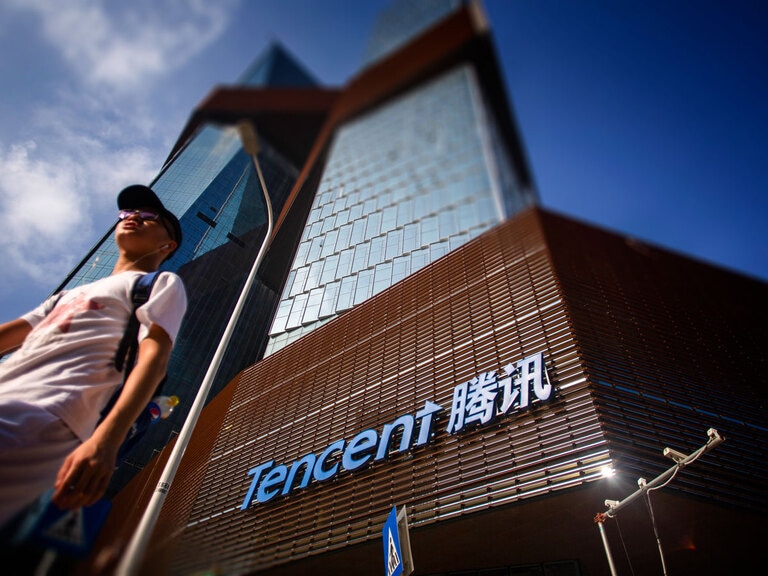The Oxford Nanopore share price has had a difficult 2022, but the DNA sequencing company has delivered growing revenues since its IPO in London last year. Its upcoming interim results on 13 September could provide further reason to be optimistic.
Oxford Nanopore’s [ONT.L] IPO last year was one of the LSE’s best-ever debuts. The stock soared as much as 47% in its first trading day and cemented the company’s status as one of the UK’s most valuable startups. By the beginning of December, Oxford Nanopore’s share price had reached an all-time high of 736p.
However, 2022 has been a different story, with the stock down 58.9% this year, closing Friday 11 September at 287p. The worst decline came in the first part of the year, and since mid-May the stock has been trading in the 260p to 360p range. Depending on how investors look at things, Oxford Nanopore stock could be trading at a discount, but that depends on whether it can keep growing its revenues — which the company’s upcoming H1 update on Tuesday 13 September will reveal.
What to look out for in Oxford Nanopore’s half-year results
Oxford Nanopore is yet to make a profit, making revenue growth a key metric for investors interested in how sustainable the business is.
In 2021, Oxford Nanopore’s revenues came in at £133.7m, compared with £113.9m the previous year. Life science research tools revenue accounted for the bulk of sales, bringing in £127m, up from £65.5m a year earlier. Gross profit margin was 54.8%, up from 41.2% and reflecting a greater proportion of consumables revenue and higher margins on its PromethION flow cells product.
Net losses increased to £167.7m in 2021, up from a £61.2 loss the previous year. Oxford Nanopore blamed this on increased investment in the business and the costs associated with its IPO. How the company is getting on reducing these costs will be closely watched in the upcoming results on Tuesday.
In its outlook for 2022, the company commented that it hopes to strengthen its strategic partnerships globally. In the longer term, it plans to deliver a step-change to its existing platforms and develop new bioelectronic innovations. More detail on this will be welcome in the results.
A must-watch metric
The FTSE-listed UK stock is arguably performing better compared with US heavyweights like Pacific Biosciences (PacBio) [PACB] in one key area. According to The Street’s Maxx Chatsko, the most successful biotech companies don’t sell the most instruments, instead they “sell the most chemicals and kits needed to operate the installed base of instruments”.
As a rule of thumb, Chatsko only considers biotech companies where at least two-thirds of revenue comes from consumables. His reasons are that this type of revenue is high margin and gives lab hardware companies flexibility when things get challenging. Very few companies fit this bill, but according to Chatsko Oxford Nanopore is one of them.
Oxford Nanapore said that last year revenue was driven by customers moving away from purchasing its starter packs to the purchases of sequencing consumables, which “provide sustainable growth through repeat business, alongside more favourable gross margins”.
More detail on the contribution consumables made to revenue will be welcome from investors. For comparison, in the second quarter, PacBio’s revenue came in at $35.5m, up 16% from the $30.6m the previous year. Consumable revenue was $14.6m, compared with $12.2m in the previous year.
The genomics investment theme
In August, the meme stock phenomena artificially boosted several genomics firms’ stock valuations. California-based biotech company PacBio’s share price doubled in price on 11 August, with Bionano Genomics [BNGO] and 10x Genomics [TXG] also experiencing large upside swings. All three of those stocks quickly reversed these gains as the meme stock bubble inevitably burst.
Despite the short-lived pop in valuations in August, the genomics investment theme has had a difficult 2022. The investment theme has dropped 55.5% this year, according to Opto’s thematic screener. The two worst performers are Invitae [NVTA] and PacBio, dropping 87.2% and 77.6%, respectively. The dire performance can be pinned on investors shying away from growth stocks and gloomy macroeconomic headwinds.
Still, analysts seem optimistic on Oxford Nanpore’s share price despite the steep fall this year. The eight analysts polled by the Financial Times have a median price target of 553p on the stock, suggesting a 92.7% upside on Friday’s close. Three analysts have a ‘buy’ rating and five analysts have an ‘outperform’ rating. Considering this year’s falls, the stock could be a bargain for investors who take a longer-term view.
Disclaimer Past performance is not a reliable indicator of future results.
CMC Markets is an execution-only service provider. The material (whether or not it states any opinions) is for general information purposes only, and does not take into account your personal circumstances or objectives. Nothing in this material is (or should be considered to be) financial, investment or other advice on which reliance should be placed. No opinion given in the material constitutes a recommendation by CMC Markets or the author that any particular investment, security, transaction or investment strategy is suitable for any specific person.
The material has not been prepared in accordance with legal requirements designed to promote the independence of investment research. Although we are not specifically prevented from dealing before providing this material, we do not seek to take advantage of the material prior to its dissemination.
CMC Markets does not endorse or offer opinion on the trading strategies used by the author. Their trading strategies do not guarantee any return and CMC Markets shall not be held responsible for any loss that you may incur, either directly or indirectly, arising from any investment based on any information contained herein.
*Tax treatment depends on individual circumstances and can change or may differ in a jurisdiction other than the UK.
Continue reading for FREE
- Includes free newsletter updates, unsubscribe anytime. Privacy policy





